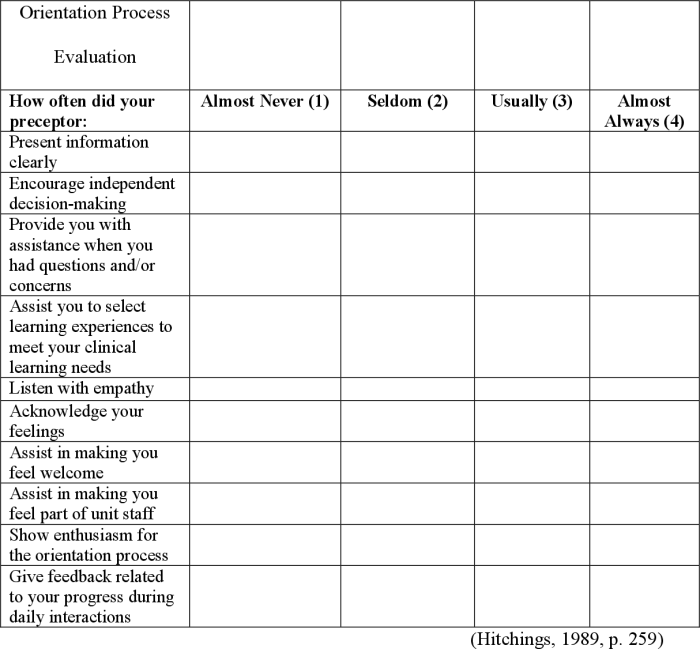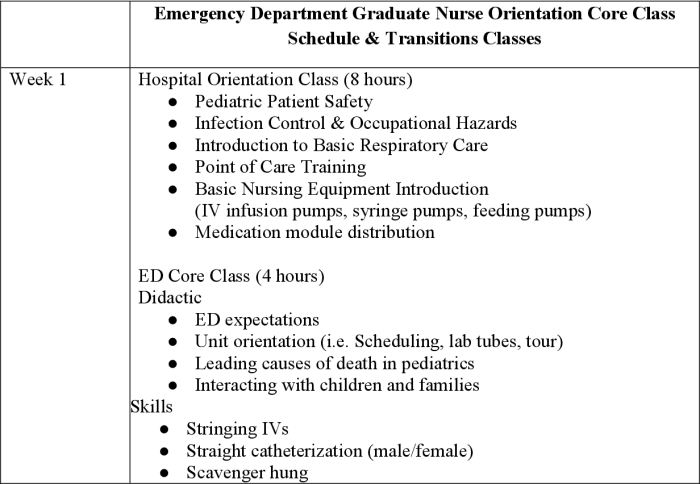Emergency nursing orientation 3.0: burns introduces a comprehensive and authoritative resource for healthcare professionals seeking to enhance their knowledge and skills in the management of burn injuries. This guide provides a detailed overview of the assessment, emergency management, wound care, and potential complications associated with burn injuries, equipping nurses with the essential knowledge and techniques to deliver optimal patient care.
As the initial point of contact for burn victims, emergency nurses play a crucial role in ensuring timely and effective interventions. This guide empowers nurses with the necessary expertise to assess the severity of burns, initiate appropriate resuscitation measures, and implement evidence-based wound care strategies.
By integrating the latest advancements in burn management, emergency nursing orientation 3.0: burns serves as an invaluable tool for nurses seeking to provide the highest quality of care to burn patients.
Introduction
Emergency nursing orientation 3.0 is a comprehensive program designed to provide nurses with the knowledge and skills necessary to effectively manage burn injuries in the emergency setting. Burn injuries are a significant public health concern, accounting for approximately 1 million emergency department visits each year in the United States.
Emergency nurses play a critical role in the initial assessment, management, and stabilization of burn patients.
Assessment of Burn Injuries
Accurate assessment of burn injuries is essential for determining the appropriate treatment plan. The assessment process involves evaluating the burn depth, extent, and location.
Burn Depth
- First-degree burns:Involve only the epidermis, the outermost layer of skin. They appear red, painful, and may swell slightly.
- Second-degree burns:Extend into the dermis, the second layer of skin. They appear red, blistered, and very painful.
- Third-degree burns:Involve all layers of the skin and may extend into the underlying tissue. They appear white or charred and are often painless due to nerve damage.
Burn Extent
The extent of a burn is measured as a percentage of the total body surface area (TBSA) affected. The Rule of Nines is a common method for estimating TBSA.
Burn Charts
Burn charts are visual aids that help clinicians estimate the TBSA of a burn. They are typically divided into sections representing different body regions, each with a corresponding percentage of TBSA.
Emergency Management of Burn Injuries: Emergency Nursing Orientation 3.0: Burns

The initial management of burn injuries in the emergency department focuses on stabilizing the patient and preventing further injury.
Fluid Resuscitation
Fluid resuscitation is essential to replace fluids lost through the burned skin and prevent hypovolemia. The Parkland formula is a commonly used method for calculating fluid requirements.
Pain Management, Emergency nursing orientation 3.0: burns
Burn injuries are extremely painful. Opioids are typically used to manage pain, but other medications, such as nonsteroidal anti-inflammatory drugs (NSAIDs) and acetaminophen, may also be used.
Antibiotics
Antibiotics are administered prophylactically to prevent infection. Broad-spectrum antibiotics are typically used, such as vancomycin and ceftazidime.
Wound Care and Management
Wound care is a critical aspect of burn management. The goal of wound care is to promote healing and prevent infection.
Dressings
Various types of dressings are used to cover and protect burn wounds. Common dressings include gauze, hydrocolloids, and biosynthetic dressings.
Debridement
Debridement is the removal of dead or damaged tissue from the wound bed. It can be performed surgically or with enzymatic agents.
Skin Grafting
Skin grafting is a procedure in which healthy skin is transplanted to cover areas of severe burns. It can help to improve function and appearance.
Complications of Burn Injuries

Burn injuries can lead to a variety of complications, including:
Infection
Burn wounds are susceptible to infection, which can be life-threatening if not treated promptly.
Electrolyte Imbalances
Burn injuries can cause electrolyte imbalances, such as hypokalemia and hypophosphatemia.
Other Complications
Other complications of burn injuries include scarring, contractures, and psychological trauma.
Patient Education and Discharge Planning
Patient education is an essential component of burn care. Nurses should provide patients with information about wound care, pain management, and infection prevention.
Discharge Planning
Discharge planning begins early in the patient’s hospital stay. Nurses should work with patients and their families to develop a plan for follow-up care and support.
Community Resources and Support Groups
There are many community resources and support groups available for burn survivors. Nurses should provide patients with information about these resources.
Detailed FAQs
What is the purpose of emergency nursing orientation 3.0: burns?
Emergency nursing orientation 3.0: burns is designed to provide nurses with a comprehensive understanding of the assessment, emergency management, wound care, and potential complications associated with burn injuries, equipping them with the essential knowledge and techniques to deliver optimal patient care.
What are the key topics covered in emergency nursing orientation 3.0: burns?
Emergency nursing orientation 3.0: burns covers a wide range of topics, including the assessment of burn injuries, emergency management, wound care and management, complications of burn injuries, and patient education and discharge planning.
Who is the target audience for emergency nursing orientation 3.0: burns?
Emergency nursing orientation 3.0: burns is primarily intended for nurses seeking to enhance their knowledge and skills in the management of burn injuries. It is also a valuable resource for other healthcare professionals involved in the care of burn patients, such as physicians, physician assistants, and respiratory therapists.